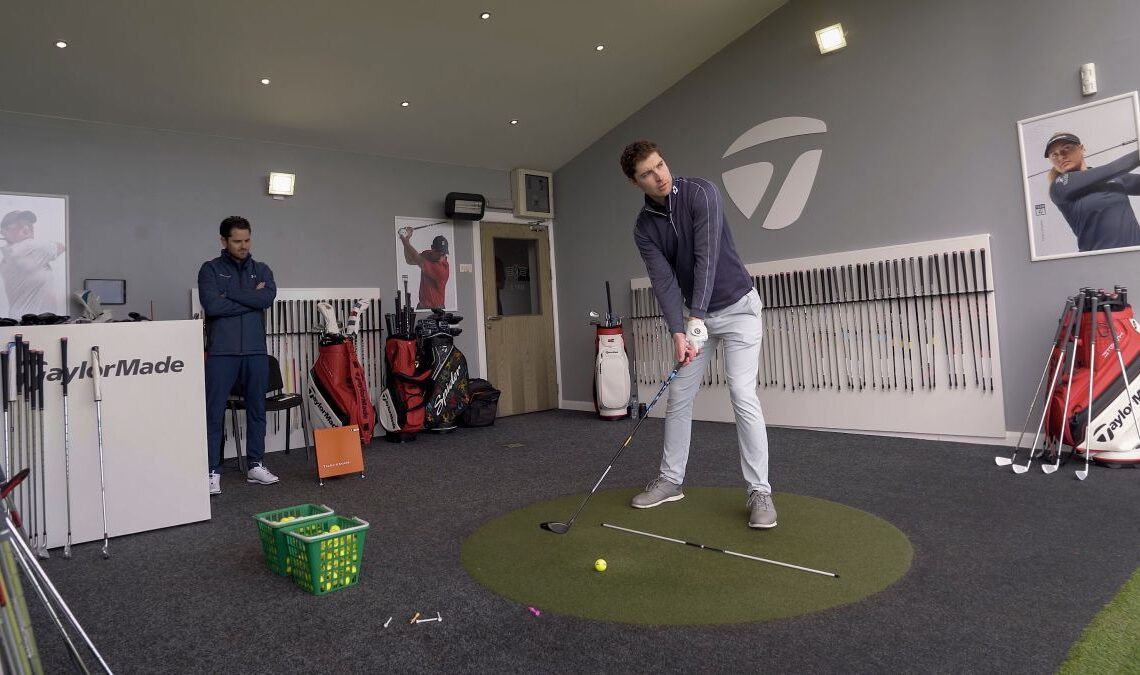We’ve all heard by now the importance of getting properly fitted for clubs if you want to produce your best stuff on the course. But what happens when you’ve fallen out of love with something you were fitted for in the past? That’s the predicament I found myself in with my 3-wood.
It’s a club that strikes fear into many golfers and it isn’t an exaggeration to say it had become an ornament in my bag. I would hit it occasionally on the range and completely overlook it on the course. It meant I didn’t have it as a back-up when struggling off the tee with my driver, nor did I know how to hit it from the fairway if I wanted to go for a par-5 in two. I had made compensations in my bag set-up to minimise the impact, but it was still far from the optimal solution.
So, five years on from my previous 3-wood fitting, I dipped my toe back in the water and hooked up with TaylorMade’s Dan Morris at the Kingsfield Golf Centre in Linlithgow to see what the Stealth 2 range had to offer. Check out the video and article below to find out how I got on…
‘The fitting starts before you’ve hit a ball’
A club fitting can be quite daunting for an amateur. We lack the consistency of pros and are far more likely to simply have a bad day with our swings. Luckily, it’s about more than just the shots you hit on the day, which Dan explained.
“The fitting starts before you’ve hit the golf ball,” Dan said. “I’m trying to gather as much information on what you see, where you play and what you like to see.
“So, in terms of what we offer, we have three fairway woods: Stealth 2 Plus, Stealth 2 and Stealth 2 HD. I’d already discounted the HD before we started. For a lot of golfers that’d be perfect but for Andy it wasn’t the one. Then it was just a case of working out as a starting point which head combination with which shaft it was going to be.
The TaylorMade Stealth 2 fairway wood range
(Image credit: Josh Jefferey)
“I had my eye on the Stealth 2 Plus immediately with having that little bit more adjustability. The fact that Andy’s launch angle, flight and dynamic loft was so low, to have that adjustability in the 50-gram weight, I knew was going to be priceless.
“I started in a neutral setting, which I’d always do, because then when I moved the weight into the back position, Andy’s eyes lit up and it was night and day. For that little bit of movement you can see how much performance you can gain for somebody by just moving that sliding weight track.
“As for the…
..
Click Here to Read the Full Original Article at Golf Monthly RSS Feed…
